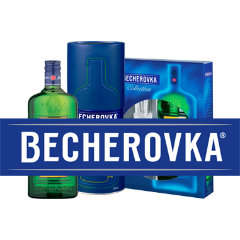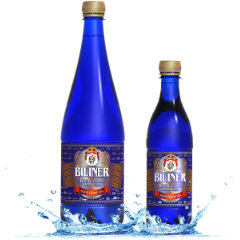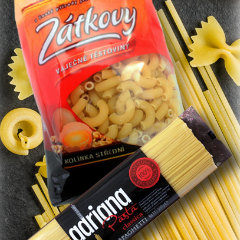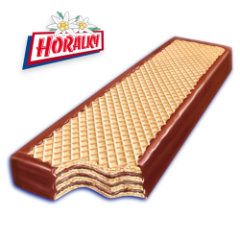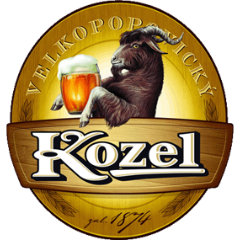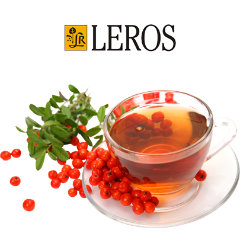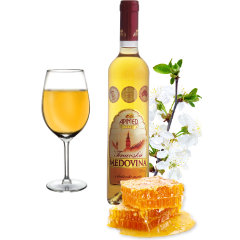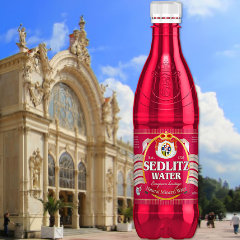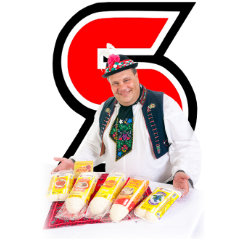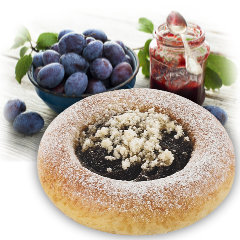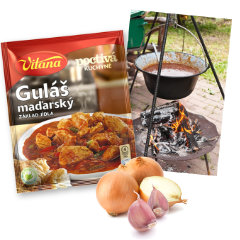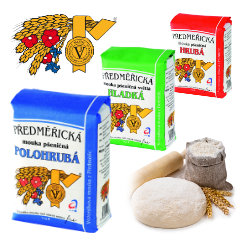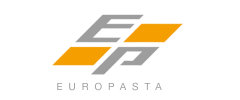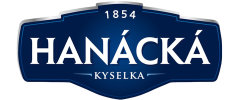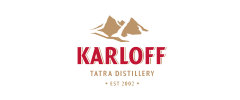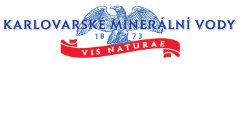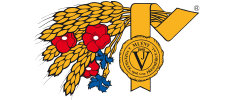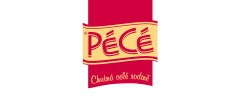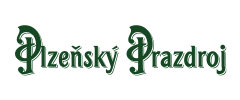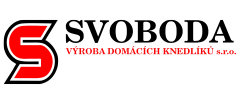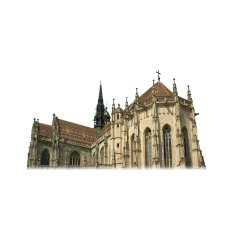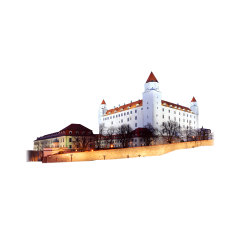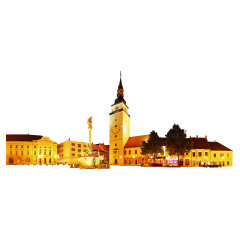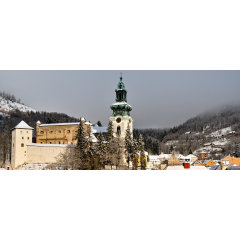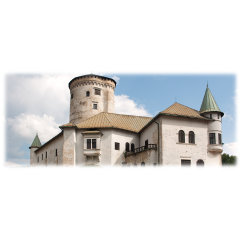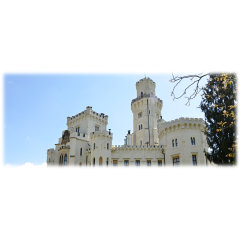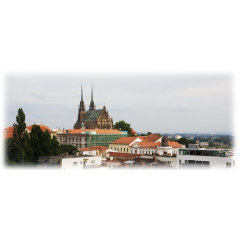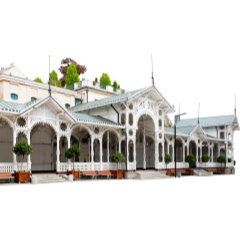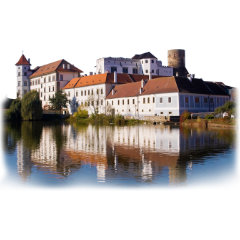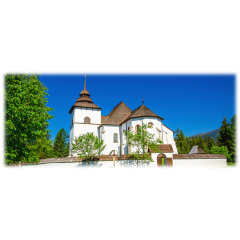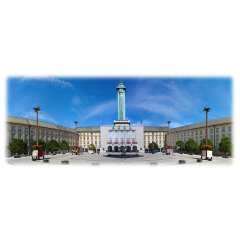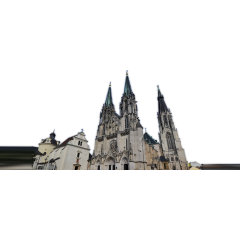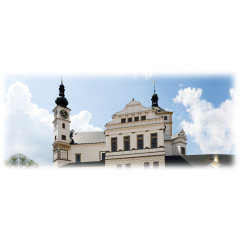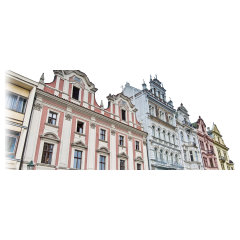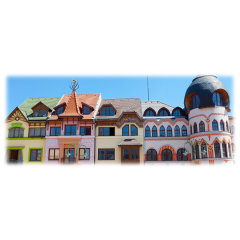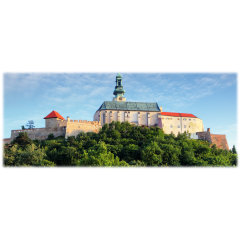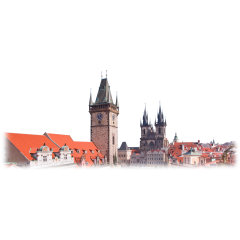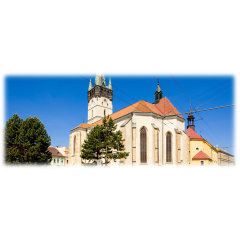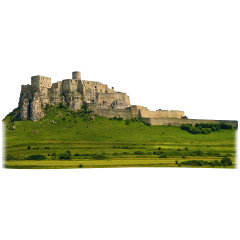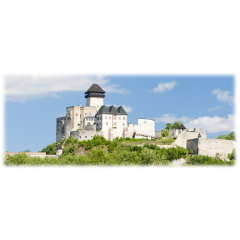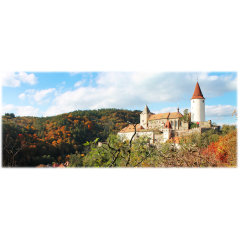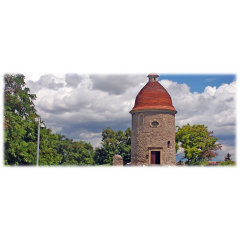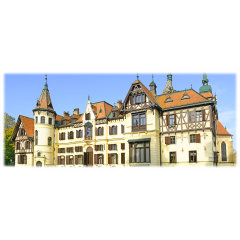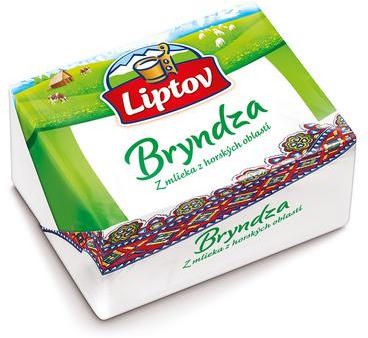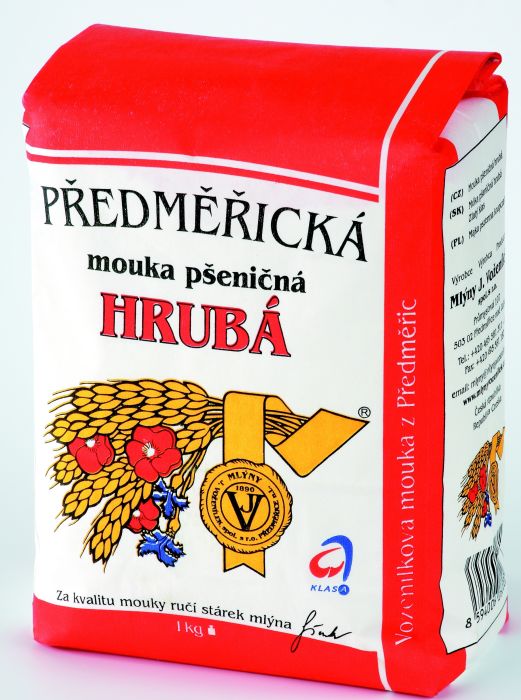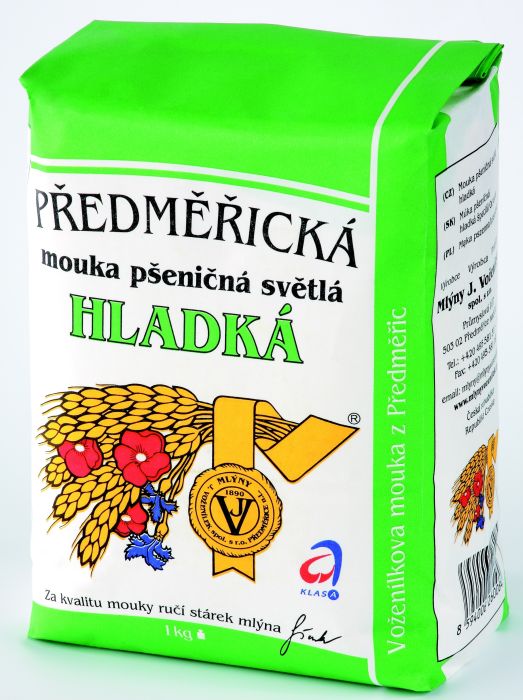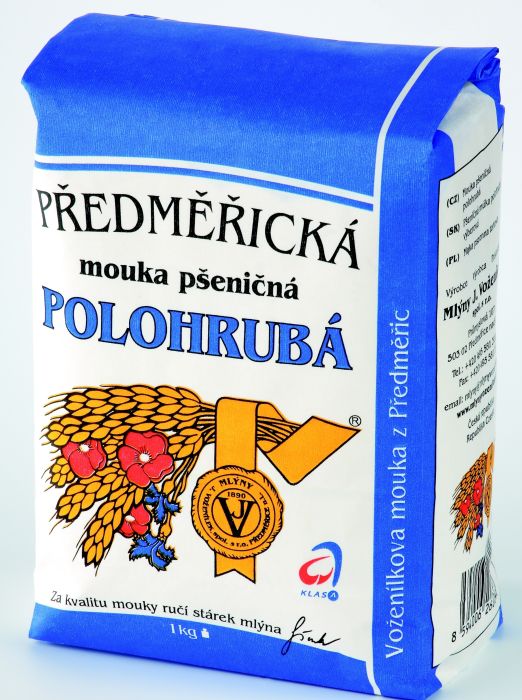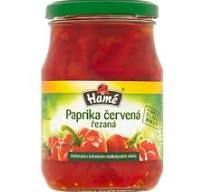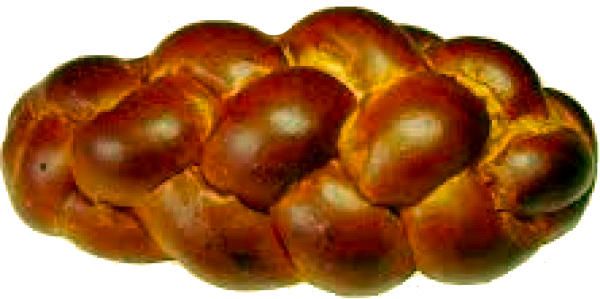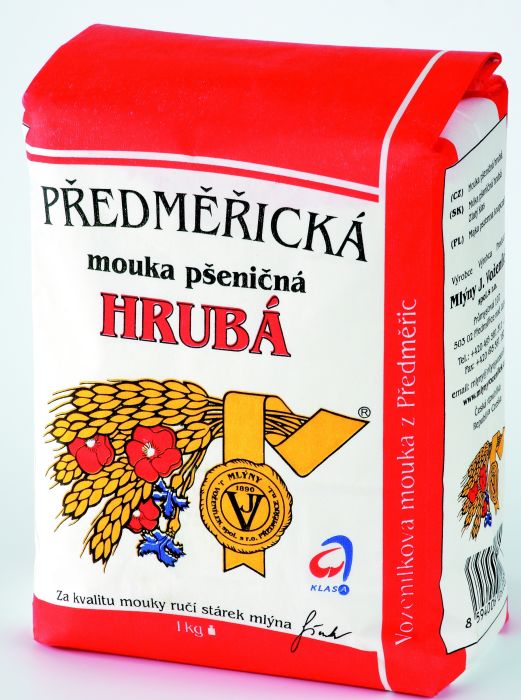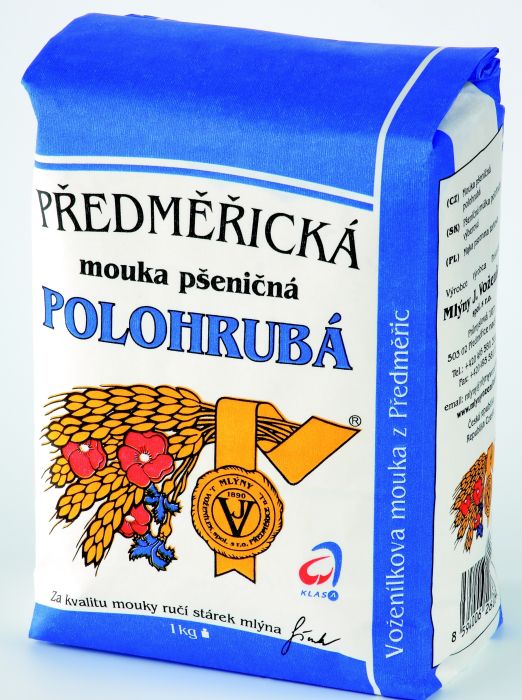Kralovehradecky Region
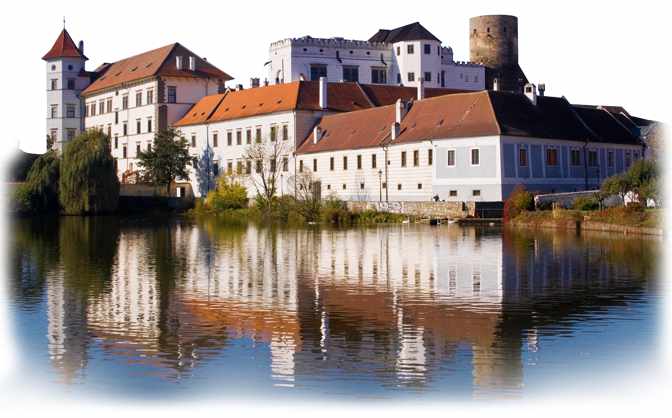
About Region
Hradec Králové Region is an administrative unit of the Czech Republic, located in the north-eastern part of its historical region of Bohemia. It is named after its capital Hradec Králové. Region can be characterized as agro-industrial with well-developed tourism. Industry is concentrated in large cities. Among the most visited tourist sites are undoubtedly the Krkonose Mountains National Park with the highest mountain in the Czech Republic Sněžka (1603 m), the source of the largest Czech river Labe(Elbe) and safari zoo in Dvur Kralove nad Labem where you can experience the mysteries of Africa. The area is laced with rivers and rivers basin of the Elbe and represent about one billion liters of water annually. Krkonose- Giant Mountain is well equipped modern ski resorts , the snow-clad mountains would certainly enchant and attract you. This is the most important mountain area in the Czech Republic, ski centres are aimed at all levels of skier and also offer accompanying services such as accommodation, catering, refreshments on the tracks and runs, ski services, ski hire and ski buses. There is a large network of groomed cross-country tracks all over the Krkonose Mountains, covering more than 660 kilometres. They are regularly groomed depending on the snow and climatic conditions. There is a 71-km long main cross-country route called the Krkonosska magistrala which runs across the entire mountain range.
History
In ancient times the elevation between two rivers, together with many tributaries and marshes, formed the natural barrier,protecting the inhabitants of this region.The first signs of the settling of farmers here in the later Stone Age date from the third century B.C. In the early Middle Ages, in the 11th century and perhaps even earlier, there was a trail connecting Czech Republic with neighbouring Poland. There was a Guard Gate at the very borderline, and beneath, a small settlement of guards with an ancient St. John the Baptist Church. First regcords of the Gate are from Kosmas Chronicle record about Prince Vratislav II, who had called a land´s assembly of knights there.About two centuries later a border castle on the hill above the Metuje river came into being, then a town called Náchod appeared in the valley beneath. In 1225 Hradec became a free royal town. It grew rapidly, new trades sprang up, and the size of its population and its importance soon made Hradec the wealthiest and largest Czech town after Prague.The 71.5 m high Renaissance belfry was completed in 1589 and served the town as a fire and watch tower. It was named after the building material from which it was made – white stone. The tower houses the third largest and heaviest bell in the Czech Republic. On important occasions no fewer than eight men were needed to ring the bell. The Salon of the Republic is an attribute which the city of Hradec Králové acquired in the first half of the 20th century thanks to its unique architecture and pleasant life style.
City to know about
The city is situated in the centre of a very fertile region called the Golden Road on the confluence of Elbe and Orlice and contains many buildings of historical and architectural interest. It is a metropolis of Eastern Bohemia, a regional capital and a university city since there are six faculties of three higher education institutes. At the beginning of the 14th century it became the dower town of the Czech Queens and later the word Králové was added to its name.A famous chapter in the history of Hradec Králové was the Hussite period. In 1420 it became a Hussite town for a long period and a year later it welcomed the great millitary commander, Jan Žižka of Trocnov, at its gates. In the years 1574 - 1580 another outstanding monument arose, the Renaissance White Tower with the second largest bell in Bohemia, Augustin.
The town burned down three times during the 15th and 16th centuries. A new period of development was halted after the Battle of the White Mountain by Swedish troops who attacked the town and occupied it in 1639. Building activity was partly revived again in the latter half of the 17th century when a monumental Baroque church was erected on the town square. Traditional industries include musical instrument manufacturing – the best known being PETROF pianos.
Nature
The Krkonose Mountains lie on the Czech/Polish border and range 36 km in length. It is the highest mountain unit in the Sudeten range, undoubtedly unique in geographical terms. Steep glacial corries and large mountain meadows, rocky ridges and picturesque valleys with timbered houses – all of this can be seen here. Snezka, the queen mountain, surveying its domain with dignity. The Krkonose is the most important water source area in Central Europe. It includes the source of the Labe (the Elbe), one of the greatest European rivers, and some of its major tributaries, such as the Mumlava and the Upa. The mountain ridge is the watershed divide between the Baltic Sea and the Northern Sea.The Krkonose climate is very severe and unstable, being among the coldest, windiest and highest in precipitation. The average annual air temperature at Snezka’s peak is only 0.2°C. The mountain can also be described as a paradise of waterfalls. There are many waterfalls, many of them reach impressive heights and the greatest severity, such as Labsky and Pancavsky waterfall.


